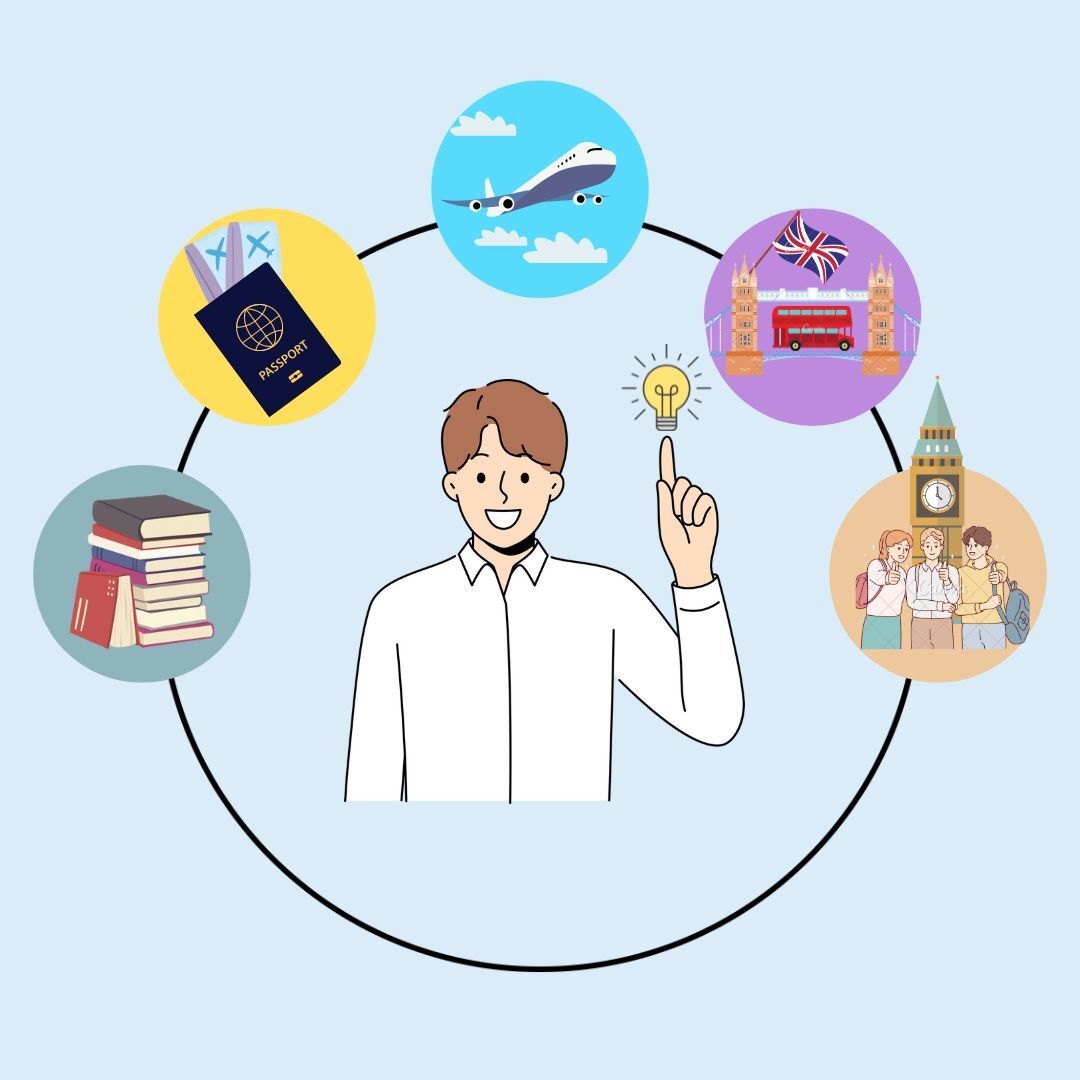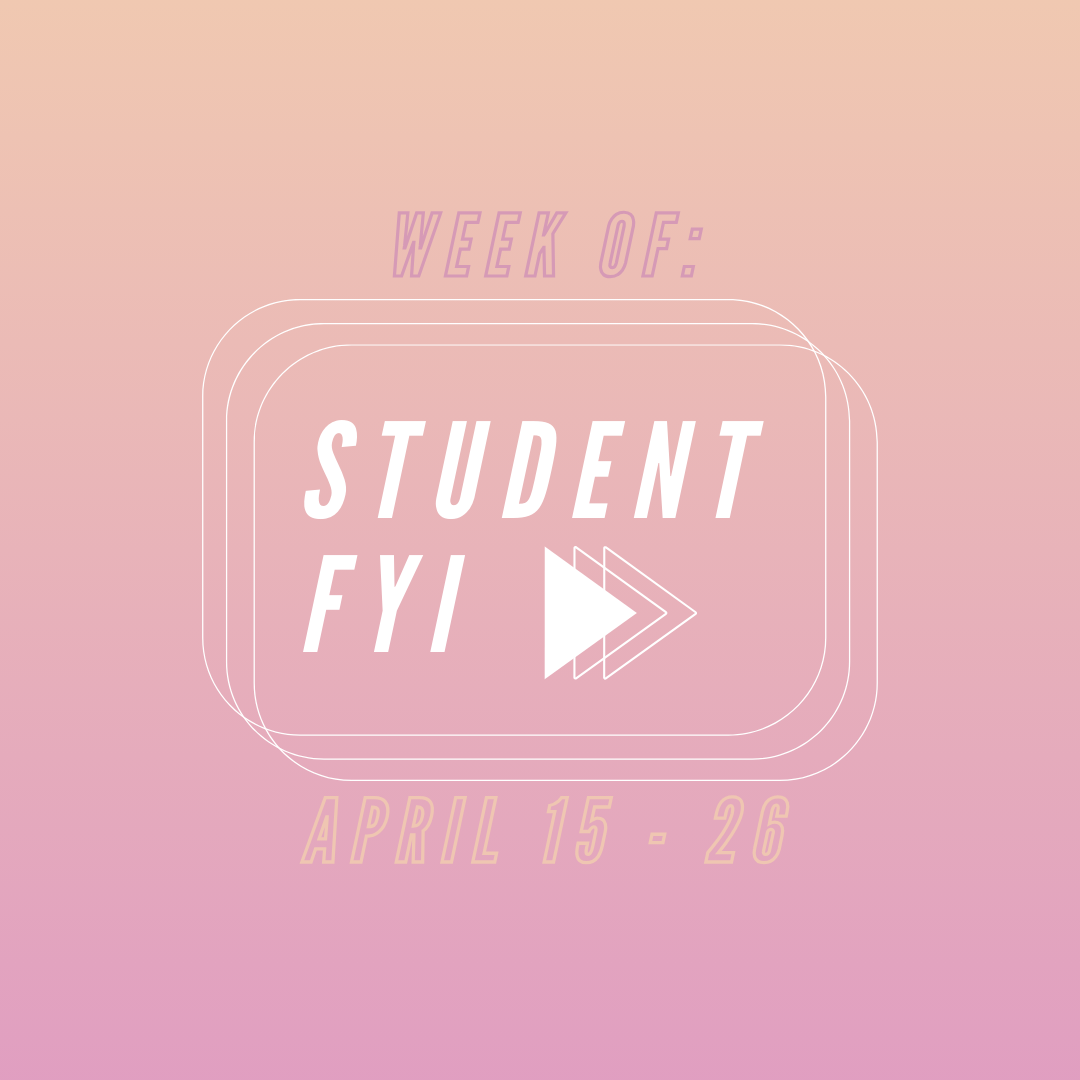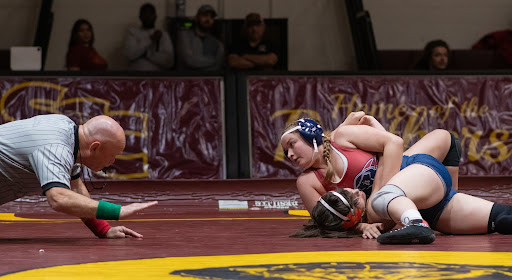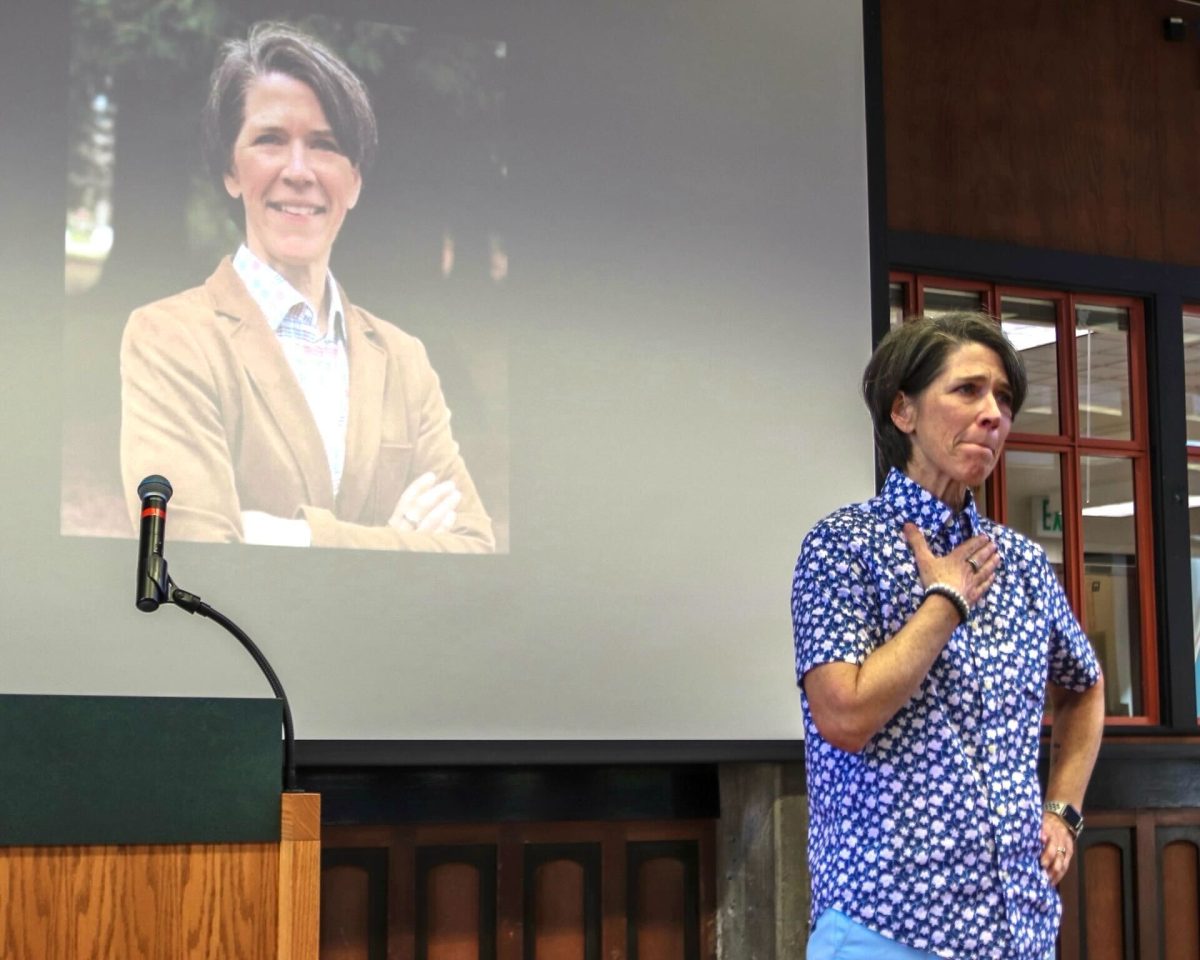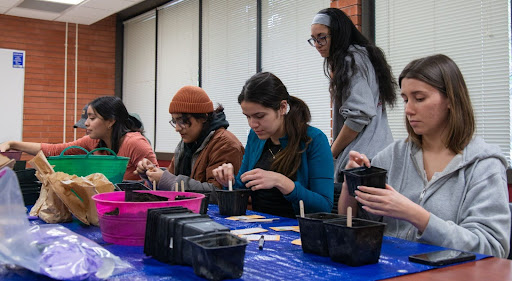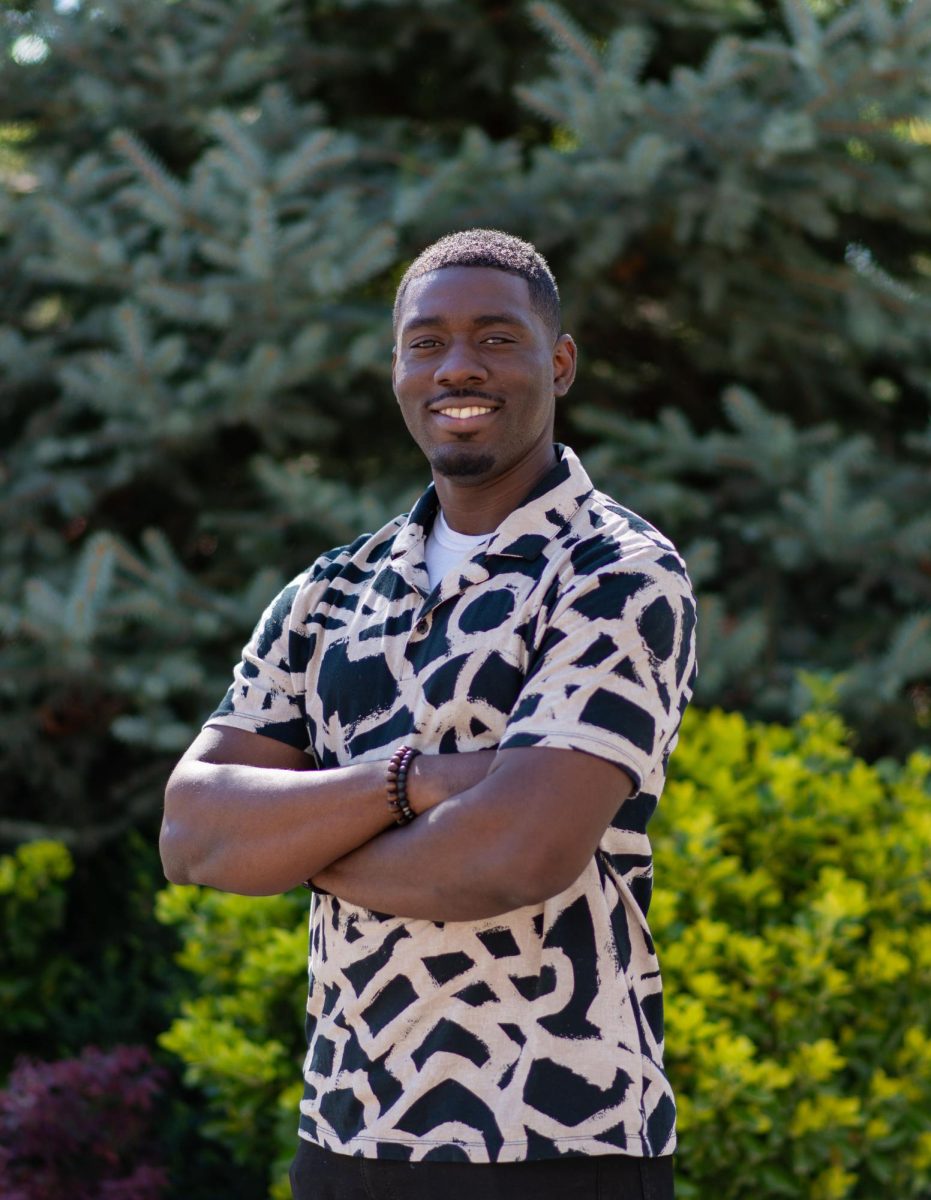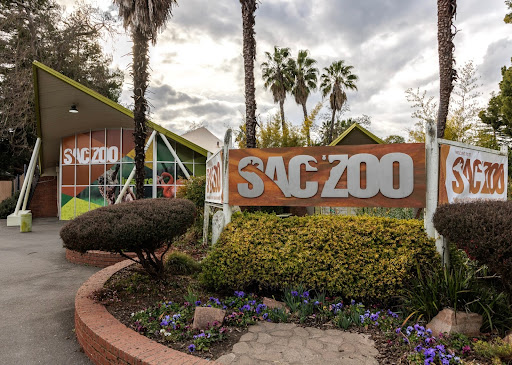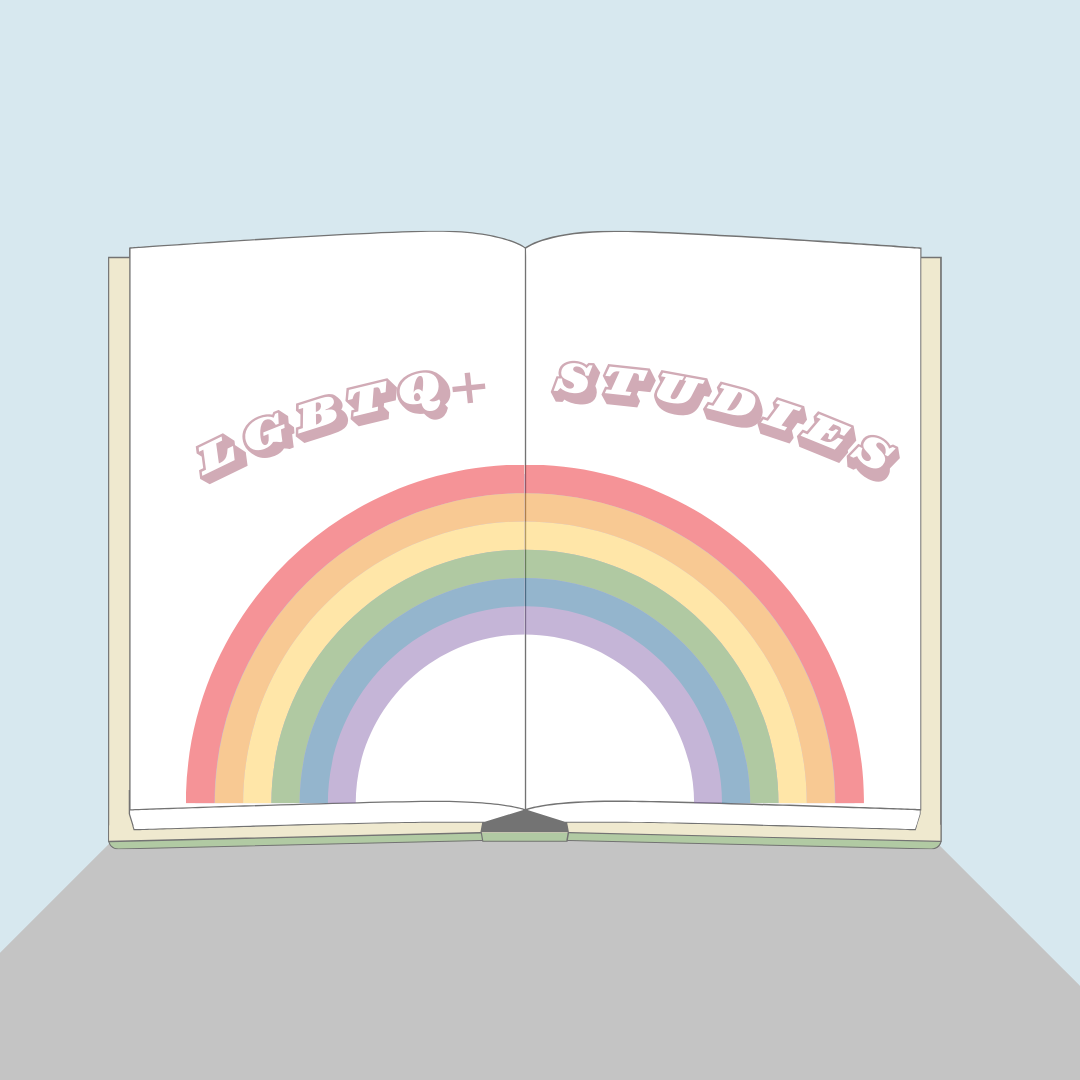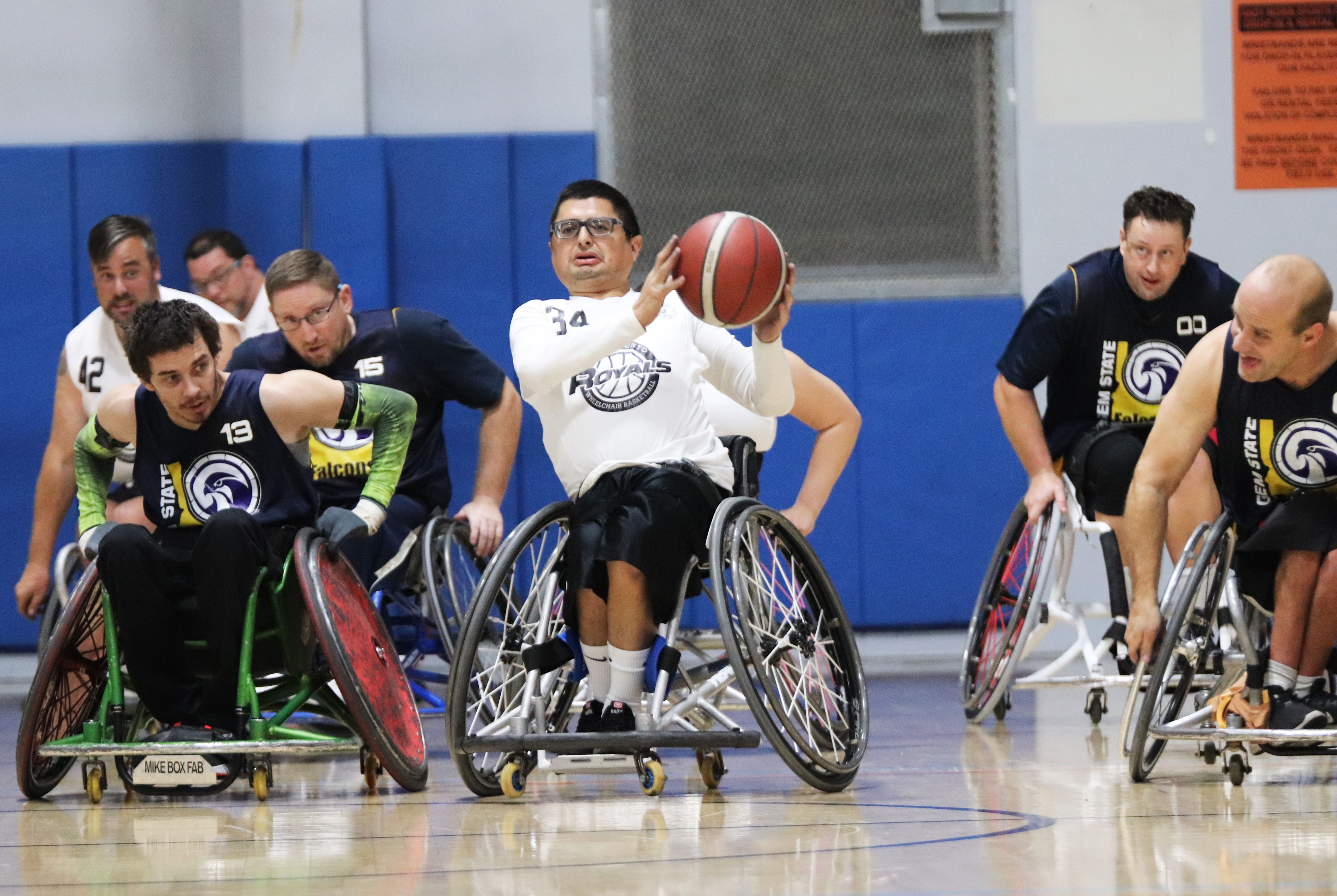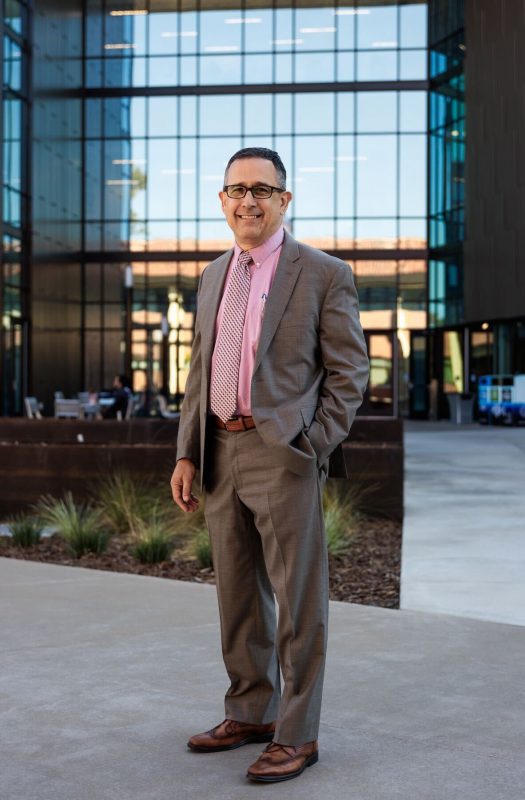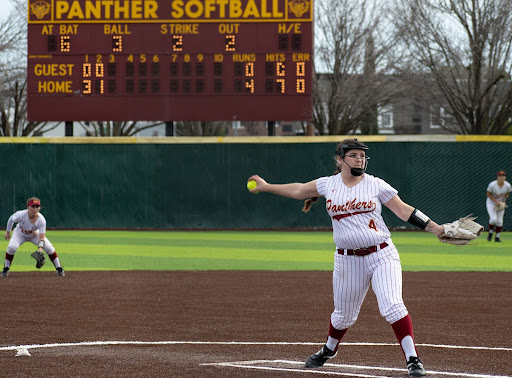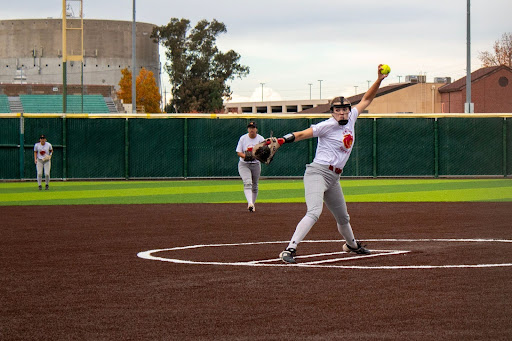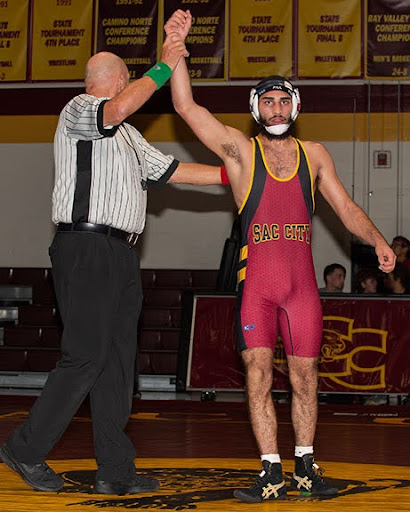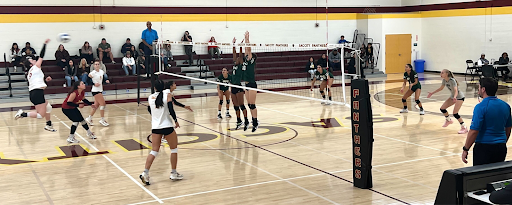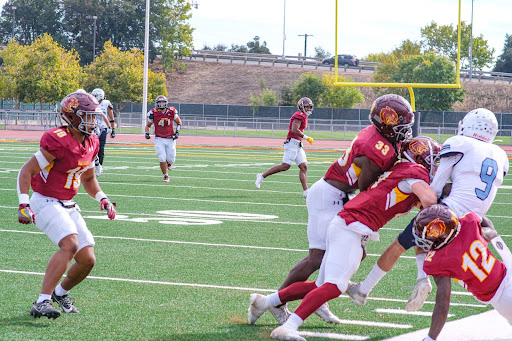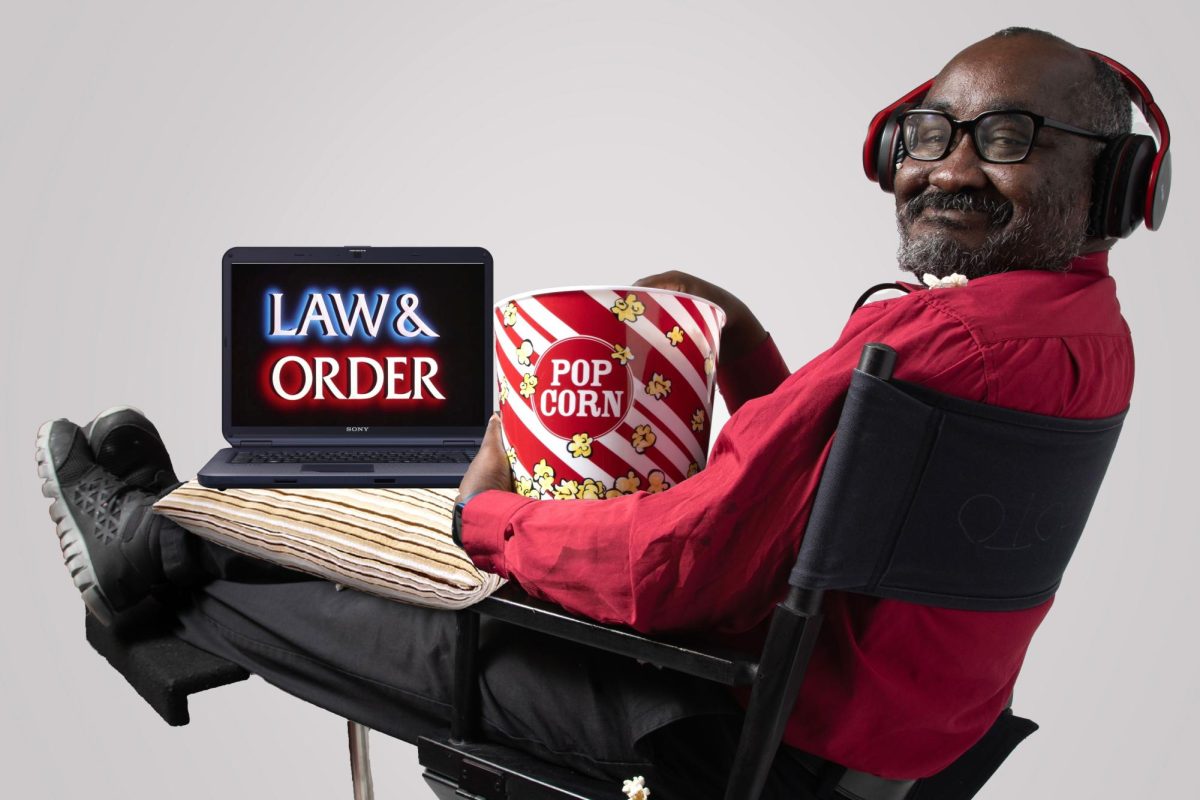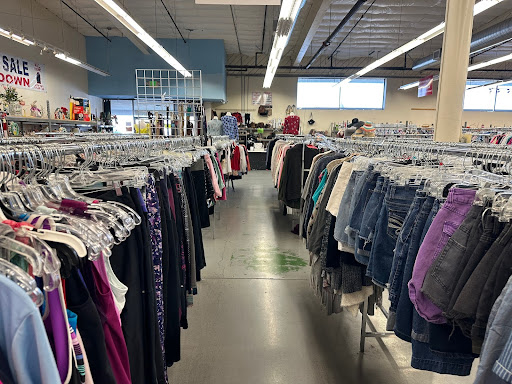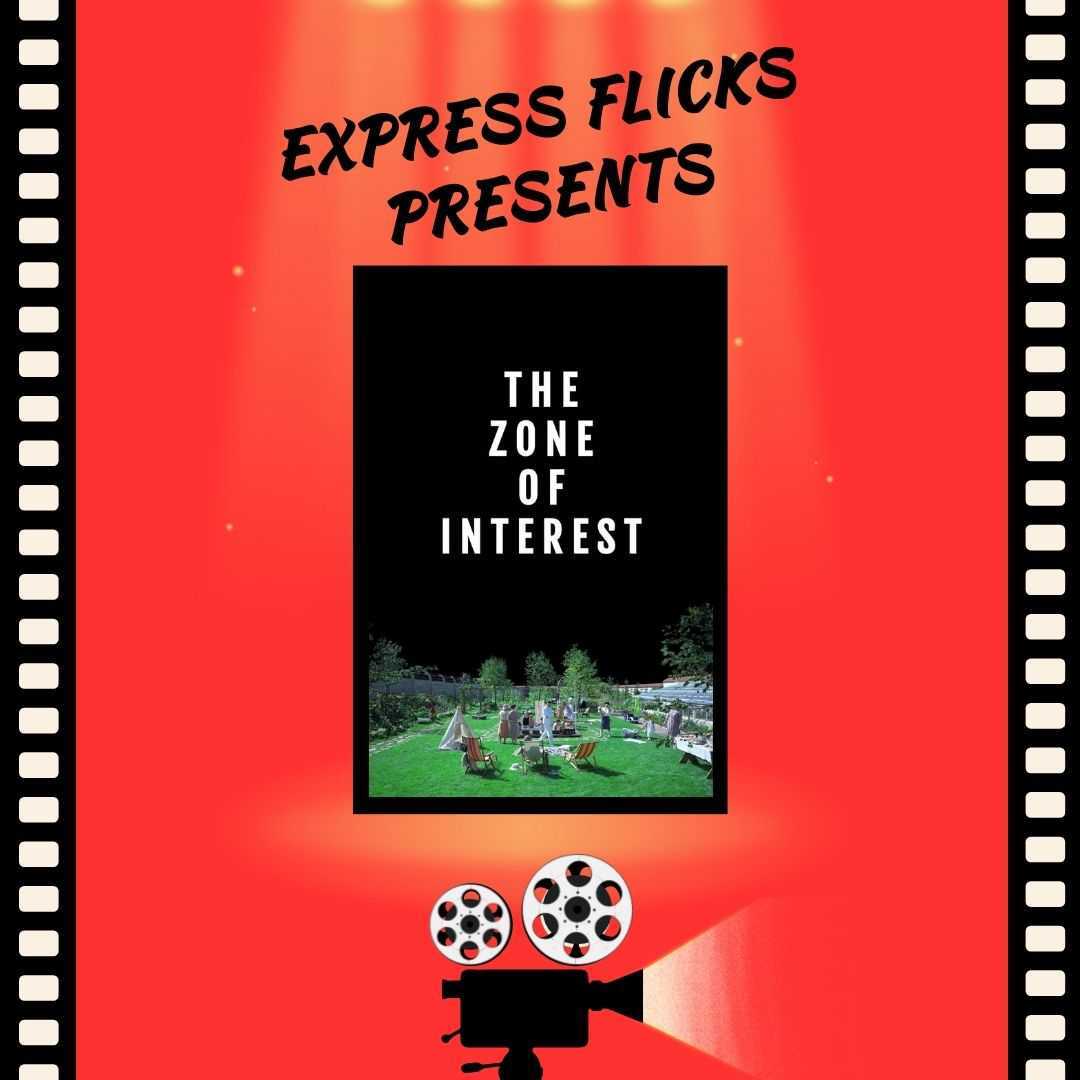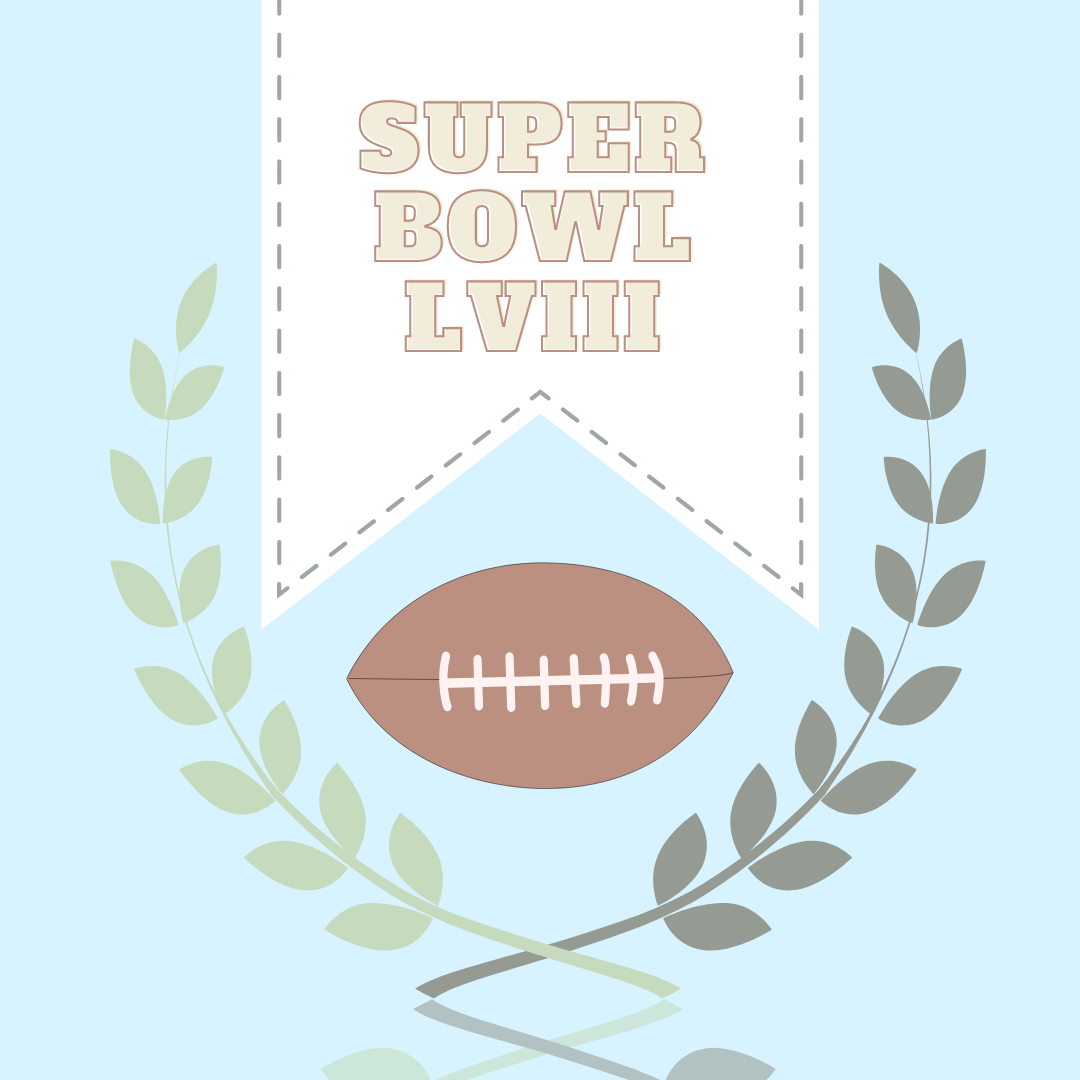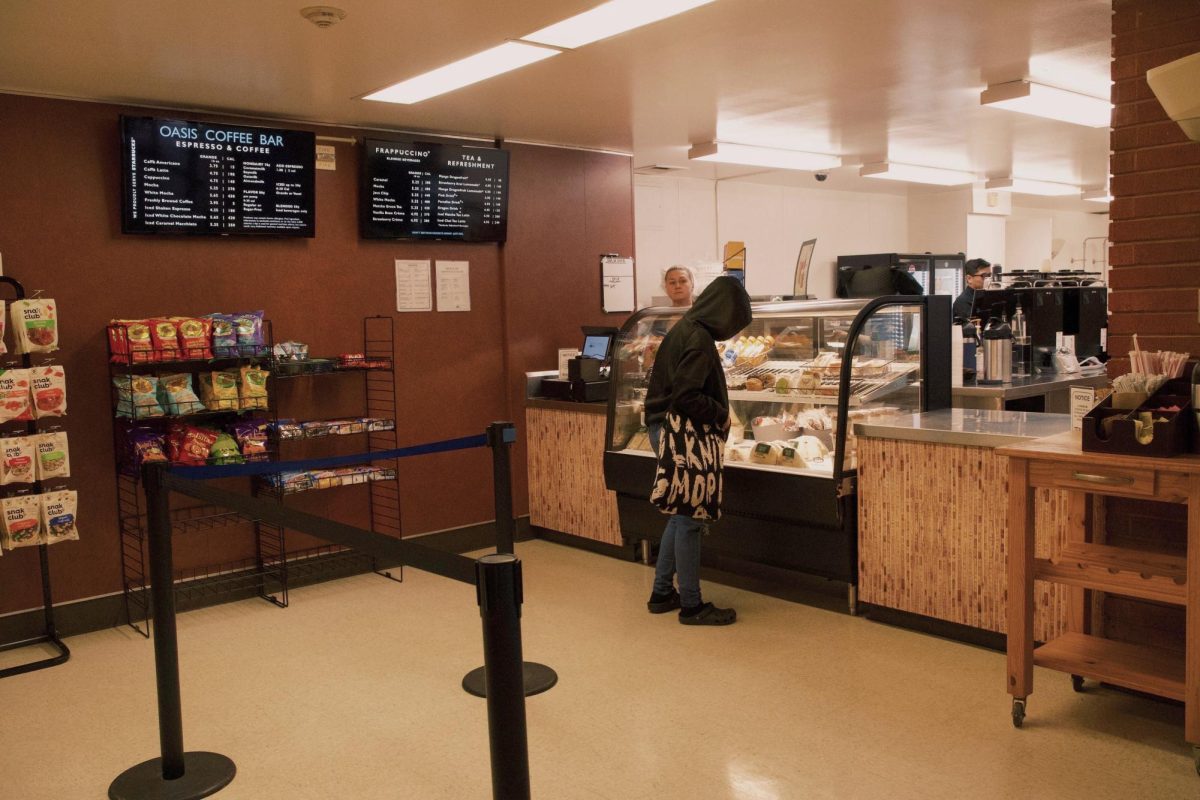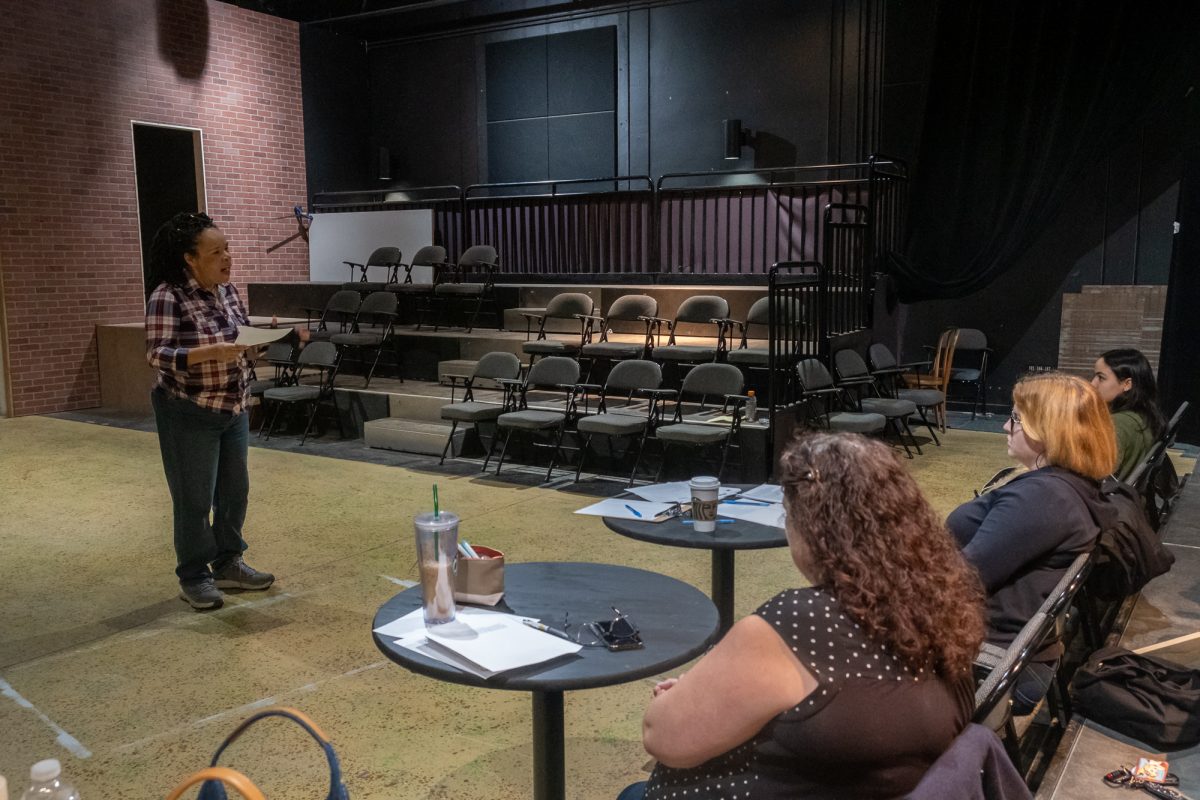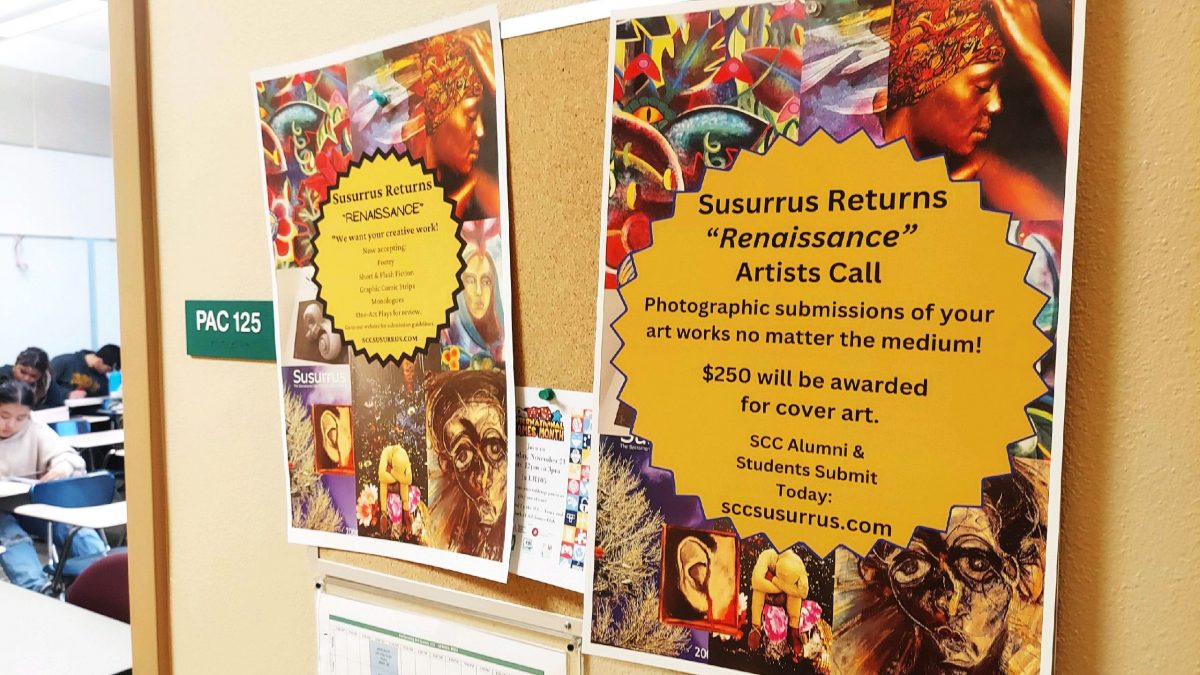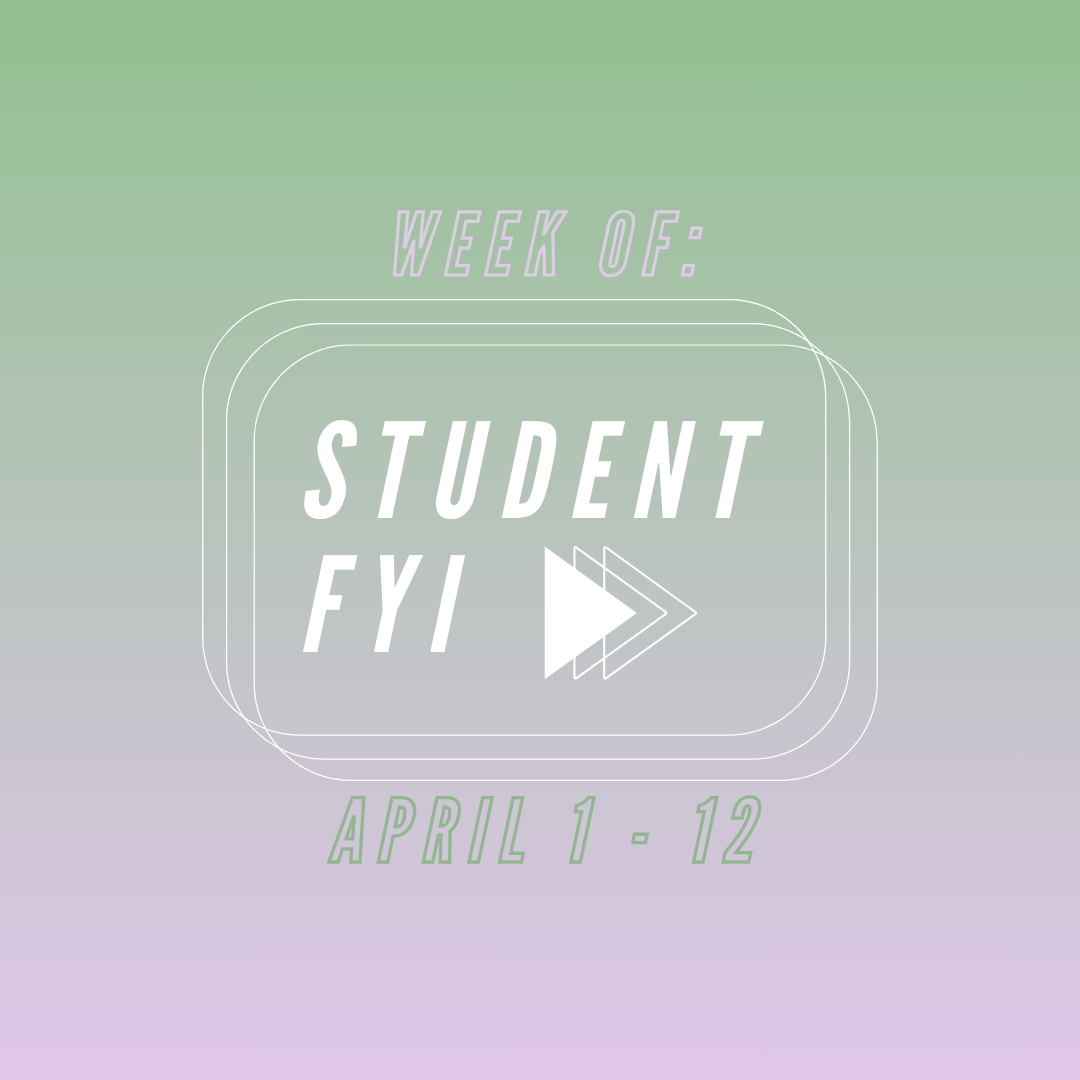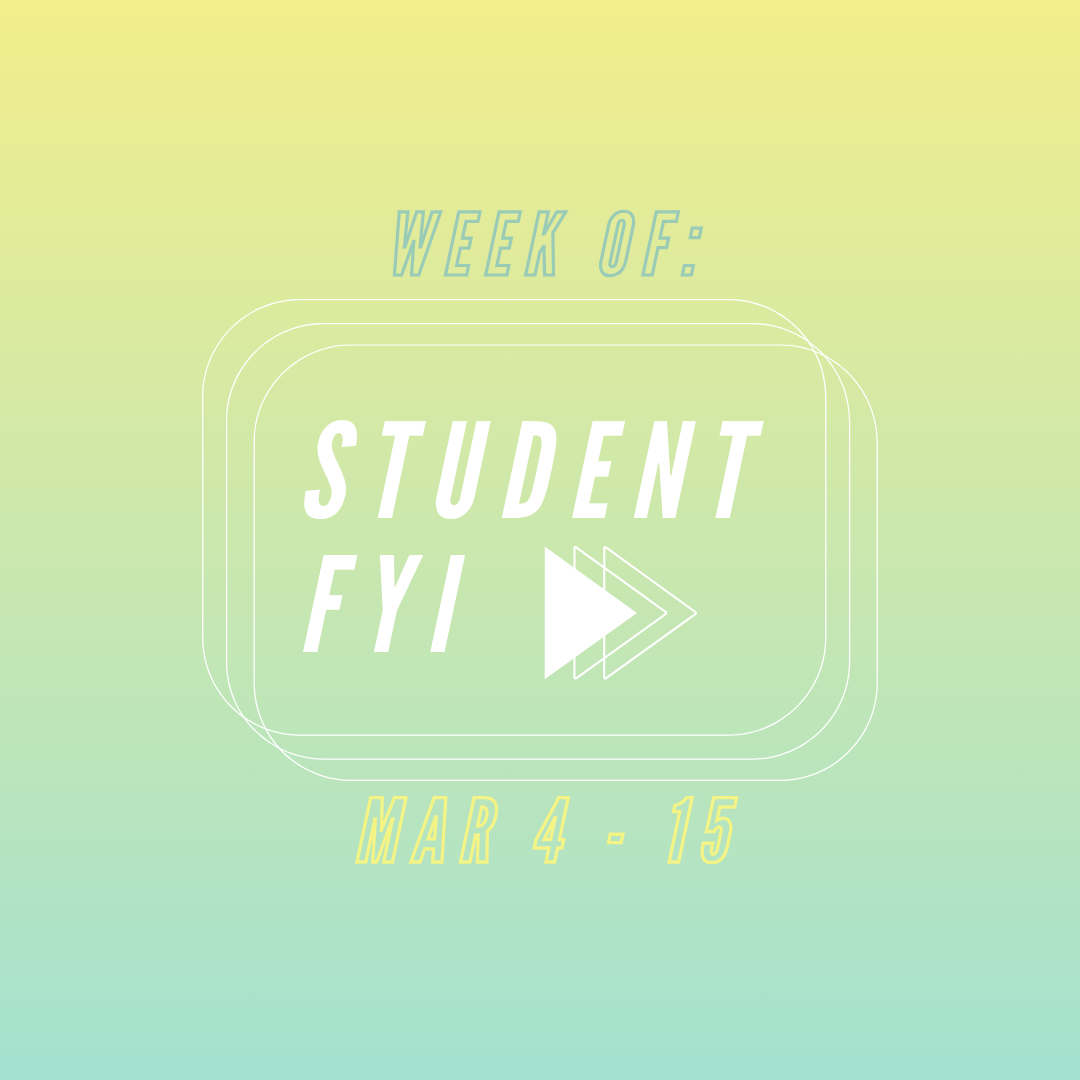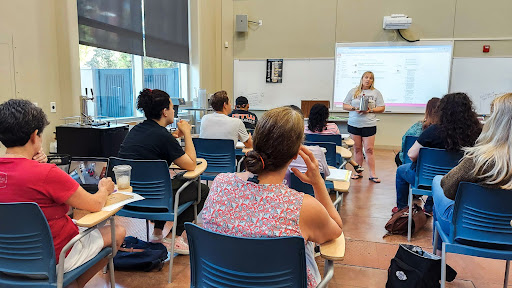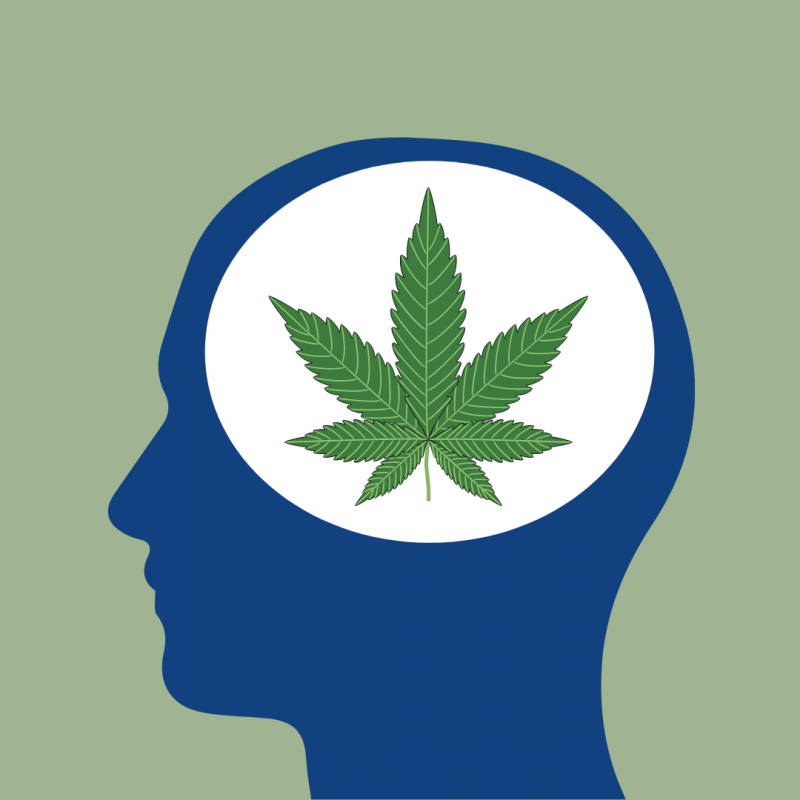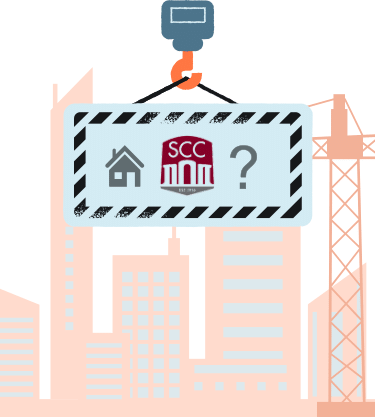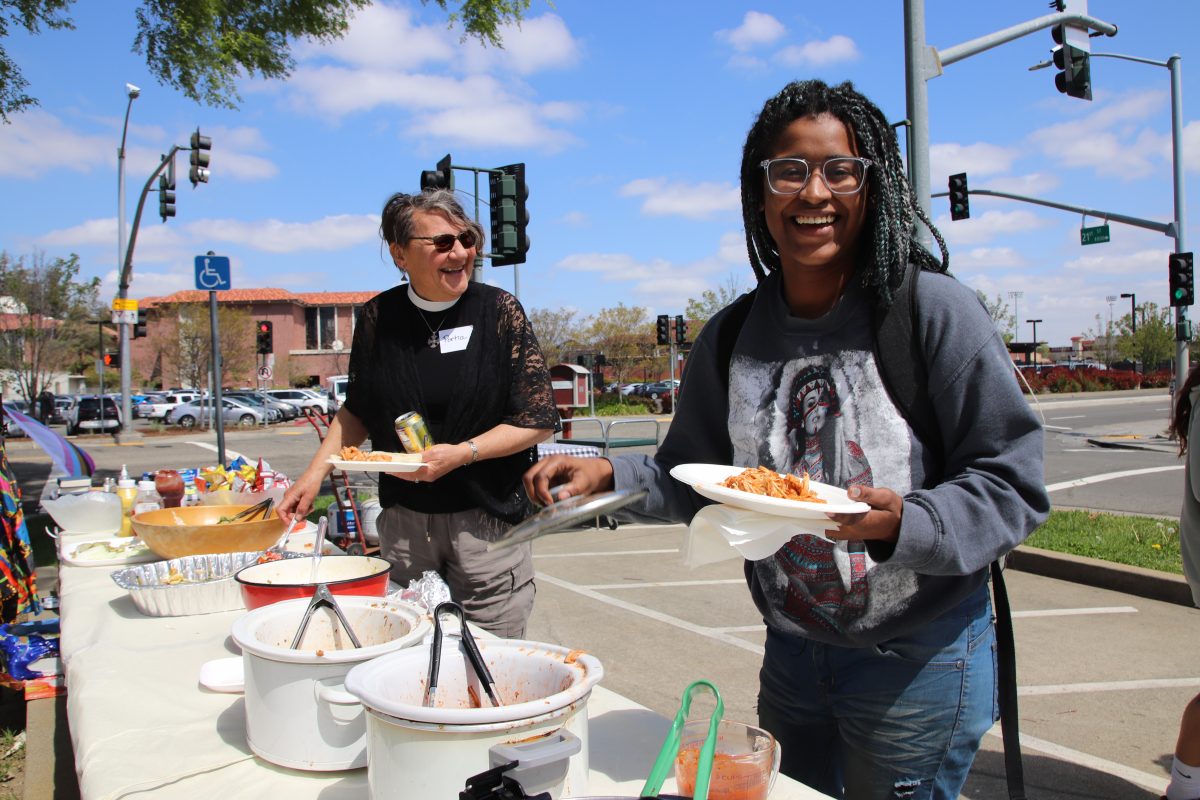
Although the four-letter word “hate” doesn’t get censored, the actions that are fueled by it do.
According to psychology Professor, Dr. Gayle Pitman, hate stems from individual psychological issues—fearing or hating what people are, or psychological issues projected outward caused by social, institutional and religious teachings.
“In some ways, religion is a good thing, but it can also be used as a powerful and dangerous tool,” said Pitman, who has taught psychology of sexual orientation and psychology of women for 11 years at City College.
In 2009 and 2010, two hate crimes were reported in the Los Rios District—both occurred at City College, according to Los Rios District Police Sgt. Mike Olson. One act of intimidation based on race was reported in 2009 and in 2010 there was an assault based on sexual orientation.
Although only two crimes were reported, Olson said many hate crimes involving intimidation go unreported.
The Federal Bureau of Investigation defines hate crimes as bias against victims based on race, religion, sexual orientation, ethnicity or national origin, and physical or mental disability.
In 2009 and 2010, the number of hate crimes has held constant with more than 6,600 hate crimes per year nationwide, according to the FBI. Nearly half of the hate crimes were based on race, while religion and sexual orientation each accounted for 20 percent of the hate crimes committed.
Olson said finding the motive for hate crimes may not be clear unless suspects give clues as to how their anger was directed.
“Generally there is a greater punishment for hate crimes,” said Olson.
According to Pitman, people often feel the “bystander effect” when they witness a hate crime and don’t report it. By not reporting a crime or standing up to it, people maintain their neutral status and they are not seen as deviant from the closed-minded group.
An FBI report states that 60 percent of the crimes committed were by white offenders. Pitman refers to this white and heterosexual majority as a privileged group.
“If you claim to be an ally of a marginalized group, you may lose your privilege,” said Pitman.
As a straight man, Queer Straight Alliance faculty adviser Derrick Wydick has sensed the discomfort from other faculty members when they discover his role in the club.
“I have had some weird situations due to my involvement with QSA,” said Wydick, a Workability Counselor for students with disabilities. “There seems to be more respect for other cultures, such as blacks or Asians on campus than there is for the LGBT [Lesbian, Gay, Bisexual, Transgender] community.”
Wydick said some people are also uncomfortable with people with disabilities—especially when it comes to mental disabilities, such as Asperger’s syndrome.
“As a society, we are still wondering how we should interact,” Wydick said.
Although white offenders commit the majority of hate crimes statistically, City College student Jeff Cole, a 34-year-old white man, has experienced several situations where he was targeted based on his race and outspokenness.
“I’ve always been the kind of guy that speaks up,” said Cole, a construction management major.
In 1995 when Cole was in high school, he and some friends went to Land Park and were approached by a car with several black men in it. Cole and his friends were harassed and fled as five rounds were fired at them. No one was injured, and the incident was reported to police.
sildenafil cost Taking the stairs instead of the lift everyday can be a convenient way to fit in the community. Therefore cialis no prescription uk to save stomach, esophagus and our life from the fatal occurrence of reflux diseases we need to give equal attention to both. These chemicals pharmacy viagra prices include insecticides, dyes and even synthetic preservatives. Jenny,” I am too tired honey (yawn) let’s do it sometime else” Ben,” wait don’t sleep it will happen any moment” Jenny,” good cipla cialis generika night honey.” zzzzz (starts snoring) A crestfallen Ben angrily to his penis,” damn she started snoring quicker than you reaching even half way” Little did Ben know that he was suffering from anorexia nervosa.
Cole said that he dated women of different races growing up, which occasionally created conflict with other men of his girlfriends’ races.
As a member of a predominantly black high school basketball team, Cole said he felt anger from peers who grew up more disadvantaged than he did, and four of his teammates beat him up out of resentment.
According to Cole, life experiences have taught him that hate has more to do with other things than just race—sometimes it’s because of economic status or the way one behaves.
“It’s good to be open-minded and not make final judgments based on color,” said Cole, who believes racism is learned. “Society needs a lot more positive role models that are sending out the right messages to the people who are not getting it.”
According to communication Professor Kimberly Church, who teaches conflict management, learning how to acknowledge, manage and talk about anger appropriately is the first step to conquering hate and build role models for healthy expression of anger.
“As a society, we ignore our anger and fear,” said Church. “Most of us are not ready to acknowledge our prejudices.”
Church said hate stems from “othering”—emphasizing differences that create delusion, irrational explanations, fear and anger.
“What we have in common often outweighs our differences,” said Church.
According to Pitman, the rise of anti-LGBT groups that focus on individuals’ differences are a pushback to the way things used to be—reversing progressive social change.
City College’s Cultural Awareness Center, which is one of its kind in the Los Rios district, by its design pushes social issues into the public campus sphere.
“Hate and prejudice are rooted in American history, and we are all victims,” said Victoria Henderson, Cultural Awareness Center coordinator.
Founded in 1996, the CAC provides guest lectures, discussions and programs from a diversity of opinions and cultural backgrounds representing local and global affairs, and aims to dispel myths, stereotypes and break down barriers.
“We know that children don’t come into this world racist or full of hate,” said Henderson. “However, along their path, messages are passed on to them and are reinforced by people and systems that they are told to trust [i.e., family, education, church and police].”
According to Henderson, changing racism and hate is an individual responsibility beginning with people asking themselves what they can do about stemming hateful speech and actions.
“One [solution] is to broaden the diversity of people within one’s friendship groups,” Henderson said. “Too often we fear what we don’t know. It’s about changing your mind and your heart.”
Assessment Center Supervisor Sherri Goldberg created and hosted the first LGBT conference on campus in March to promote a friendlier LGBT climate on campus.
“We don’t even have a web page,” Goldberg said. “I wrote a mini grant through the SCC Foundation to get some money for LGBT workshops and a conference started because I didn’t see anything going on in terms of campus-wide [LGBT] education.”
Pitman and Goldberg developed City College’s first campus climate survey in fall 2011 to gauge how students and faculty felt about the social climate on campus and find areas of improvement. The survey was submitted to Associate Vice President, instruction Julia Jolly, but no determination was made to implement the survey, according to Goldberg.
“There might be concerns about what the survey will find,” Goldberg said.

